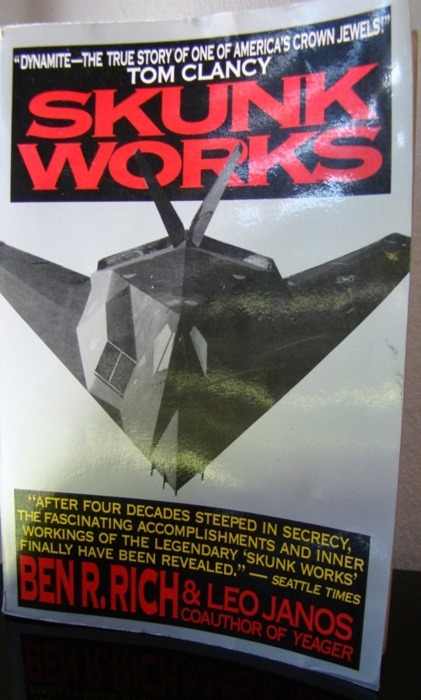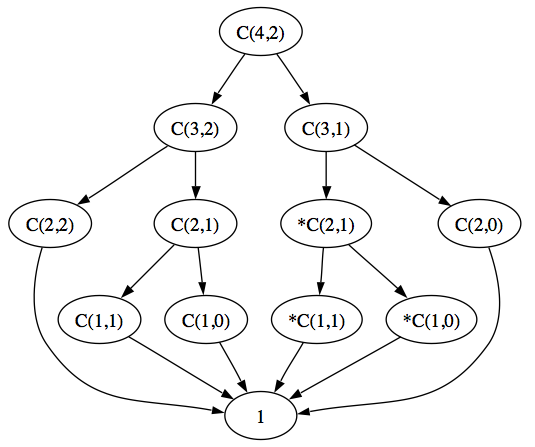
What is it about?
If you never heard of Skunk Works, it is a innovation branch of Lockheed which specialized in building air crafts. Kelly Johnson managed since the creation to 1971 and was succeed by the author Ben Rich. Ben Rich tells about their projects, their philosophy and why Skunk Works was one of the most special projects in the USA.
What can I learn?
Prototype and improve: The Skunk Works was originally built as a prototyping/R&D/innovative branch of Lockheed. Therefore they approached problems differently. Instead of years planing, they built lots of prototypes, tested them and improved them. They never wanted to achieve perfection (80% is good enough). This allowed them to give 3-5 prototypes to their customer (often the CIA or Air force), so their customers could test them in depth without spending hundreds of millions of dollars.
Rapid development cycles: This was an other main advantage of Skunk Works over lots of other innovation branches. Kelly Johnson wanted the engineers to be at most 40 feet away from the shop workers because he wanted them to see how their designs were created. Furthermore, it allowed both sides to communicate more easily and the shop workers felt that they are important.
Bureaucracy is your enemy: Ben Rich tells about two similar projects. One was completed in 6 months and with about 50 people. The second one took 24 month and about 200 people. Why? Thanks to comptrollers, regulations and such. Skunk Works worked independently from Lockheed which was unique and extremely important. Kelly Johnson hadn’t promoted people because of seniority, which is quite normal in most corporations. He also hadn’t allowed outsiders (e.g. gov’ officials) to stay at the Skunk Works for a long time. He managed the shop independently and successful.
Conclusion
Skunk Works is a awesome book but although a bit lengthy. It’s extremely interesting to see how such great air vehicles were built and which methods they used to keep their startup spirit alive. Essentially this book covers so much stuff which was rediscovered recently, like MVPs, lean development, etc. Definitely worth reading. Recommendation!


